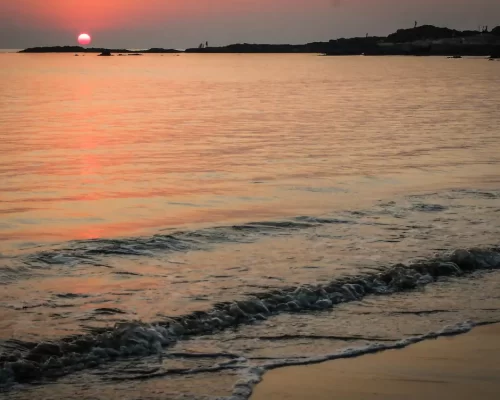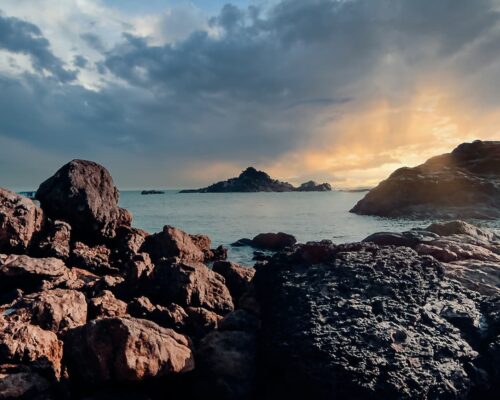As the sun sets around Gokarna, something special happens in its pristine beaches. You may not notice it immediately, but splash your leg around in the water, and the result will leave you speechless. Every night, the waters around Gokarna light up from the bioluminescent plankton! And you can be enthralled by them too, from our pristine resort in Gokarna.
This magical collection of bioluminescent plankton glows a stunning iridescent blue every night and is one of the prime attractions of Gokarna for travelers worldwide. Many trekkers choose to trek to Gokarna’s beaches at night just to witness the phenomenon. On some nights, the plankton is bright enough that you can see it without entering the waters, and they are visible even from a distance. Right from our resort in Gokarna, in fact!
So what are these plankton exactly?
Plankton is single-celled microorganisms that are found in large water bodies, both fresh and saltwater. However, they are more common in saltwater habitats. The ones found in the sea that let us experience this glowing spectacle every night are known as phytoplankton. These plankton are extremely basic organisms that use photosynthesis, a process of converting light into chemical energy, to sustain themselves. There are numerous varieties of phytoplankton around the world, nearly 500 species in fact. The group that is particularly found around some of India’s seas and oceans consists of organisms called dinoflagellates. These are also responsible for a phenomenon known as red algae, where a rapid collection of them turns the water red.

Plankton is essential to marine ecosystems. They are a direct food source for some of their own species as well as whales and species of fish. Some species of whales, in fact, thrive purely by feeding on large swathes of phytoplankton and zooplankton.
So what is bioluminescence? It is simply a phenomenon by which an organism has the ability to emit light from its own body. A common example of this is the firefly, which uses chemicals in its body to sparkle in the evening. Many organisms use it to attract mates, while some, like our plankton, use it as a defense to scare away potential predators. In quite a few species of life, however, there is no specific reason for their glow. Scientists have ascertained that it might simply a byproduct of their evolution.
So where and how do you see these beautiful microorganisms? Gokarna, as it turns out, is one of the prime spots in India to see the bioluminescent phytoplankton. Nighttime is the only time you can see them, and it is advised to travel during the new moon as moonlight might hamper the sighting.
And if you want a completely exclusive, secluded experience, Red Earth Gokarna is a beautiful, sustainable beach resort Gokarna located at the edge of Honey Beach, a pristine, secluded beach where you can watch the miracle of bioluminescence in India.
But fair warning, there’s no guarantee as to when exactly you’ll see them. Some days you’ll see millions of these pretty glowing creatures, other days you might see none. It also largely depends on the weather; too hot, and the plankton will perish. Too cold and they might not be as active. The season for this plankton is just after the monsoons when the waters start to warm up but aren’t quite hot yet.
Some useful tips to try and get a good sighting are to scout for locations over a few days and try and visit during the colder months. Although Gokarna is a beach destination, it is best experienced during the monsoons and during winter when the sun is out but the waters are still pleasant, and humidity is not as big a problem. This is also a good time to find our micro-sized glowing friends in the water!




